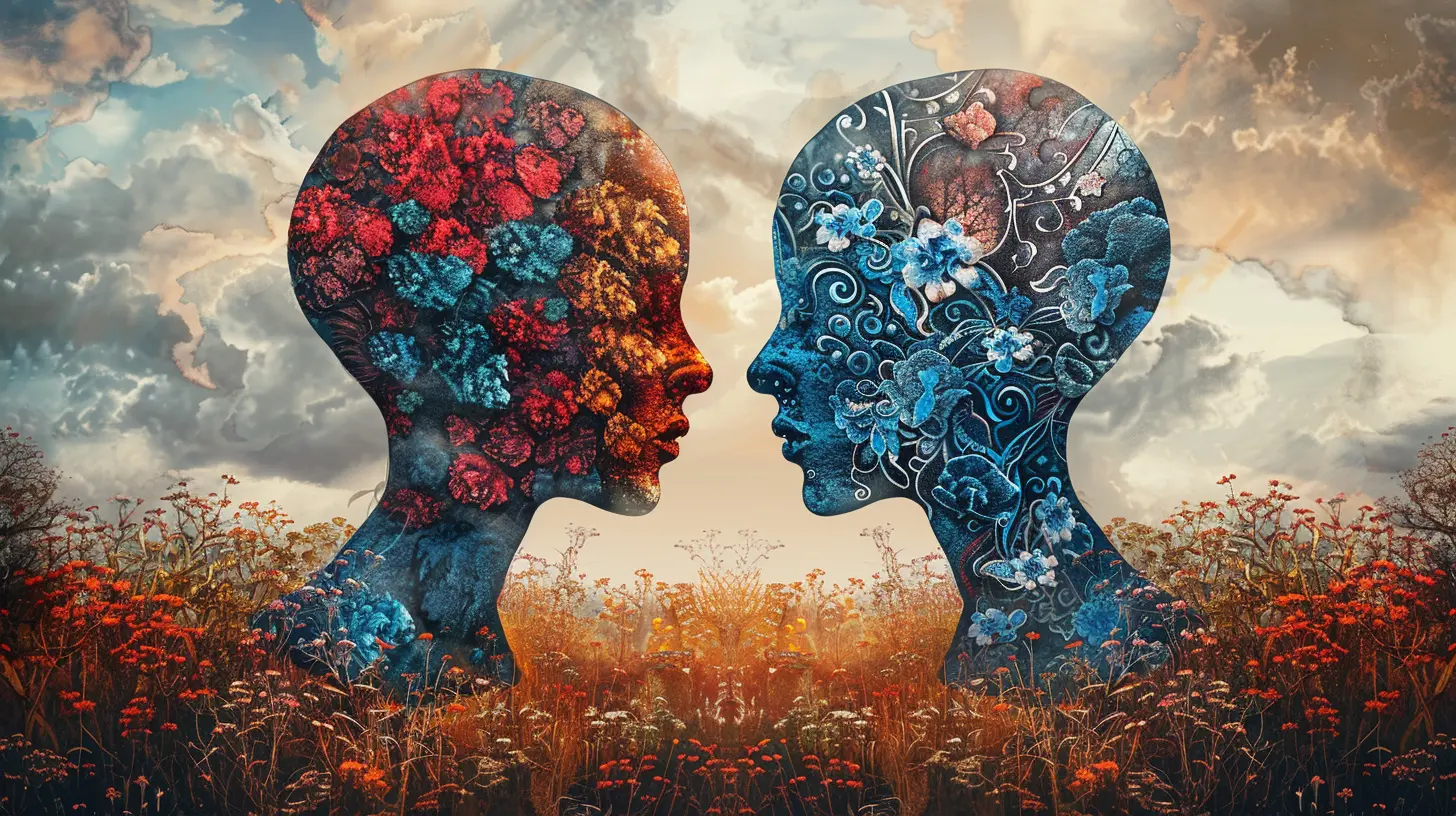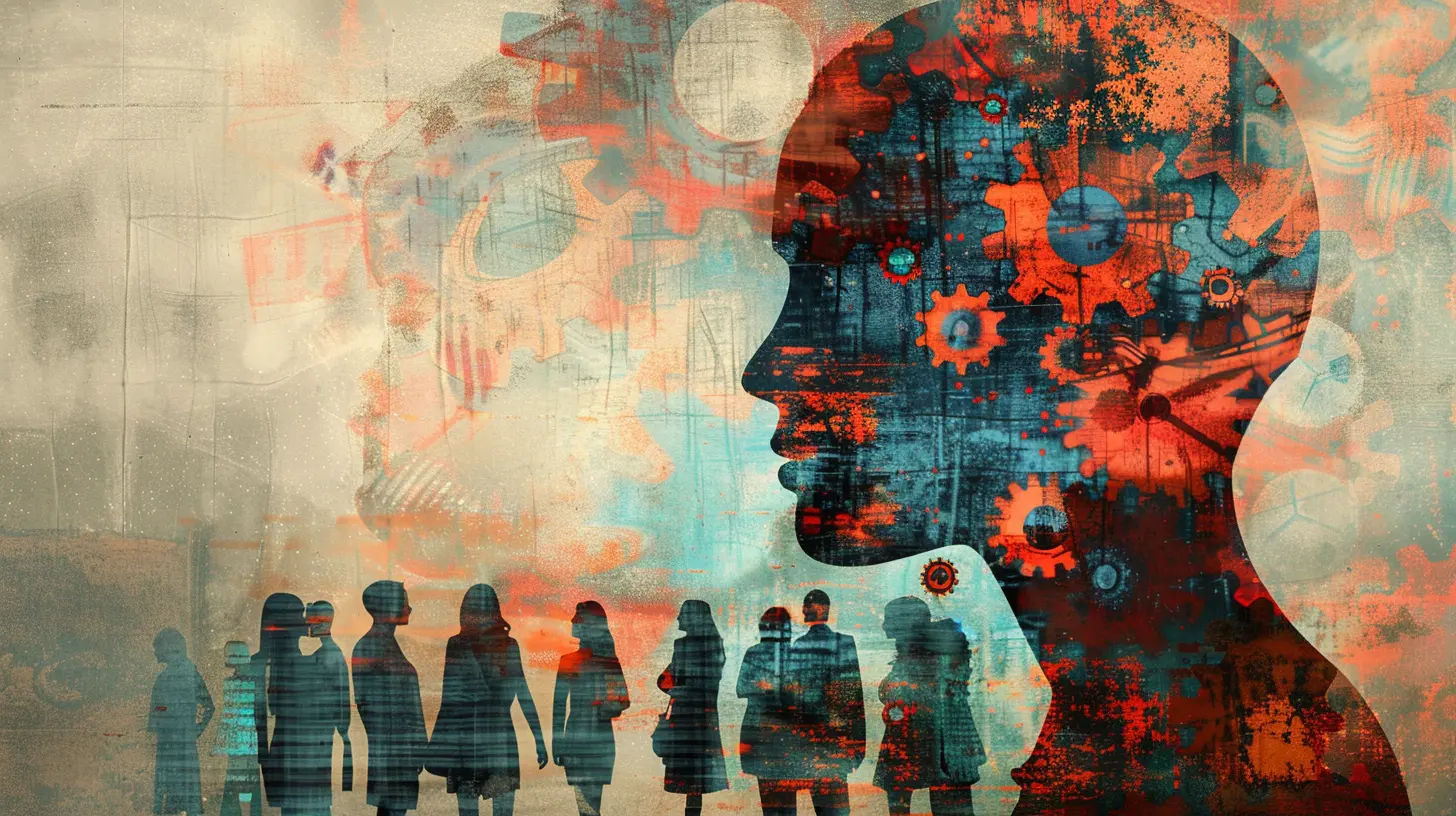How Culture Shapes Human Behavior and Social Interactions
21 October 2025
Ever stopped to think why people around the world act so differently in similar situations? From how we greet each other, to how we raise our kids, even down to what we eat for breakfast — culture plays a massive role. It's like an invisible script that guides our everyday choices, thoughts, and interactions. So, how exactly does it work? And why does it matter? Let’s unpack how culture shapes human behavior and social interactions — and trust me, it’s more fascinating than you might think.
What Is Culture, Anyway?
Before we dive deep, let’s get on the same page.Culture isn’t just about food, festivals, or fashion. It’s everything — the shared beliefs, values, customs, languages, and behaviors that a group of people considers normal. Think of it as the operating system of a society. Just like your phone’s software tells it how to function, culture programs human behavior.
You didn’t choose your culture. It was already there when you were born. Family, school, community — they all passed on those unspoken rules about what’s considered “right,” “wrong,” “kind,” “rude,” or “weird.”
The Psychological Power of Culture: More Than Just “Where We’re From”
So, culture affects what we eat and wear — that’s obvious. But here’s the kicker: it also influences how we think, feel, and act. Let’s break that down.1. Culture Shapes Our Self-Identity
Who are you?That question seems simple, right? But your answer is deeply influenced by your culture.
In Western cultures (like the U.S. or Canada), people often say things like, “I’m ambitious,” “I love traveling,” or “I’m a creative thinker.” These are individual traits.
But in many Eastern cultures (like Japan or China), the answers might be, “I’m a daughter,” “I’m a loyal employee,” or “I’m part of my community.” These are relational roles.
Why does this happen? Because Western societies often value independence and self-expression, while Eastern societies emphasize harmony, responsibility, and belonging.
2. Culture Influences Emotions and Their Expression
Ever watched a movie with an international cast and noticed how differently characters react emotionally? Some smile through pain; others cry with abandon. That’s cultural wiring in action.In some cultures, expressing emotions openly is a sign of authenticity. In others, it’s a sign of weakness or disruption to group harmony. For instance, many collectivist cultures encourage emotional restraint to avoid conflict. Meanwhile, in individualistic cultures, “being real” or “letting it out” is widely accepted.
And it’s not just about emotions — it’s also about which emotions are appropriate. Pride, for example, might be celebrated in one culture and frowned upon in another.
Social Interactions: Why We Act the Way We Do Around Others
Now let’s talk about how culture shapes our interactions — because that’s where it really shows.1. Communication Styles: High-Context vs. Low-Context
Ever felt frustrated talking to someone from another country because they “weren’t getting to the point”? That’s probably a clash of communication styles.- Low-context cultures (like the U.S., Germany, or Australia) favor direct communication. What you say is what you mean.
- High-context cultures (like Japan, Korea, or Saudi Arabia) rely on non-verbal cues, tone, and shared understandings. What’s not said can be just as important.
In high-context interactions, silence can speak volumes. But in low-context cultures, silence might feel awkward or confusing.
2. Personal Space and Touch
Ever tried hugging someone from a culture that isn’t big on physical affection? The discomfort is real.Culture defines how close we stand to others, whether we make eye contact, and how much touching is “okay.” In Latin cultures, hugging and kissing on the cheek are casual greetings. In Nordic countries? A polite nod will do.
These may seem like small, even silly differences — until you realize how much they influence comfort, trust, and connection.
3. Rules of Politeness and Respect
What’s polite in one culture might be rude in another.In Japan, slurping noodles shows appreciation. In the U.S., it might earn you stares. In Brazil, being fashionably late is expected. In Germany? Tardiness is disrespectful.
Respect also looks different depending on the culture. In some places, addressing elders formally is essential. In others, first names all around!
These unspoken rules are everywhere, and we follow them more strictly than we realize.
Cultural Norms in Social Roles: Family, Gender, and Work
1. The Role of Family
Culture defines what a “family” looks like — not just in structure, but in expectations.In collectivist societies, family is the core of identity. People often live with extended family, make career choices based on family needs, and care for aging parents at home.
In more individualistic cultures, independence is key. Young adults move out, parents don’t expect to live with their kids later, and personal ambition often trumps family obligations.
2. Gender Roles
Culture also dictates what’s considered appropriate for men and women — and everyone in between.In some traditional societies, clear roles are set from childhood: boys are expected to be tough, girls nurturing. In more progressive cultures, these lines blur.
However, gender expectations still influence behavior. How we communicate, express emotions, or even choose careers can be deeply shaped by cultural gender norms.
3. Work and Authority
Ever heard someone say, “You should call your boss by their first name”? Not in a high power-distance culture!In places like the U.S. or the Netherlands, hierarchies at work are more relaxed. Everyone’s opinion counts. But in countries like India or China, hierarchies are respected. Seniority carries authority, and decisions usually come from the top.
Understanding these differences can make or break cross-cultural business relationships.
Culture as a Filter: How We Perceive the World
Here’s a mind-bender: Culture doesn’t just influence how we act — it actually filters what we see and pay attention to.Perception and Attention
In a famous experiment, researchers showed Americans and Japanese people the same images. Americans focused on the main object (like a fish). The Japanese participants noticed the background — the plants, the bubbles, the water. Wild, right?This shows that culture subtly trains our brains to focus on different types of information. And this shapes how we interpret situations, make decisions, and relate to people.
Can Culture Change? (Spoiler: Yes, And So Can We)
Culture isn’t set in stone. It evolves. Immigration, globalization, and the internet have all blurred cultural lines.We’re exposed to more cultures than ever — through TV shows, memes, social media, and travel. This exposure can make us more flexible, empathetic, and aware of our own biases.
Many people even develop a bicultural or multicultural identity — balancing different cultural values depending on where they are or who they’re with.
So while culture strongly shapes us, we also shape culture. It’s not a fixed path — it’s a constantly shifting dance.
Why Understanding Culture Matters (More Than Ever)
In a world that’s more connected (and more divided) than ever, understanding culture isn’t just “nice” — it’s essential.Think about it:
- Misunderstandings at work? Probably cultural.
- Awkward travel moments? Cultural.
- Conflicts between parents and kids in immigrant families? Yep, that too.
The more we understand how culture shapes behavior and interaction, the better we get at empathy, communication, and living in a diverse world.
Final Thoughts: We’re All Cultural Beings
It’s easy to think of culture as something “other people have.” But the truth is, we all come from somewhere — and our cultural backgrounds color the way we see the world.Next time you feel weirded out by someone’s actions, ask yourself: “Could this be cultural?” More often than not, the answer is yes.
Understanding culture isn’t about judgment — it’s about curiosity. It’s like getting a peek into someone else’s storybook… and maybe realizing that your own book has some interesting footnotes, too.
all images in this post were generated using AI tools
Category:
Human BehaviorAuthor:

Jenna Richardson
Discussion
rate this article
1 comments
Roxie Valentine
This article thoughtfully highlights how deeply culture influences our behaviors and social interactions. It reminds us that understanding these cultural nuances is essential for fostering empathy and improving communication in our increasingly diverse world. A vital topic for personal and societal growth.
October 21, 2025 at 3:54 AM

Jenna Richardson
Thank you for your insightful comment! I'm glad you found the article valuable in highlighting the importance of cultural understanding for empathy and communication.


